I'd like to create the radial network above utilizing the R package networkD3. I read the guide here which utilizes lists to create radial networks. Unfortunately my R skills with lists are lacking. They're actually non-existent. Fortunately there's the R4DS guide here.
After reading everything I come up with this code below, to create the diagram above.
library(networkD3)
nd3 <- list(Start = list(A = list(1, 2, 3), B = "B"))
diagonalNetwork(List = nd3, fontSize = 10, opacity = 0.9)
Alas, my attempt fails. And subsequent attempts fail to generate anything that's close to the diagram above. I'm pretty sure it's my list that's wrong. Maybe you can show me the right list and things will start to make sense.

